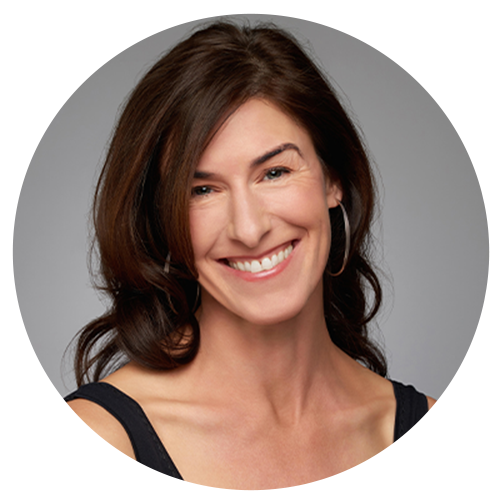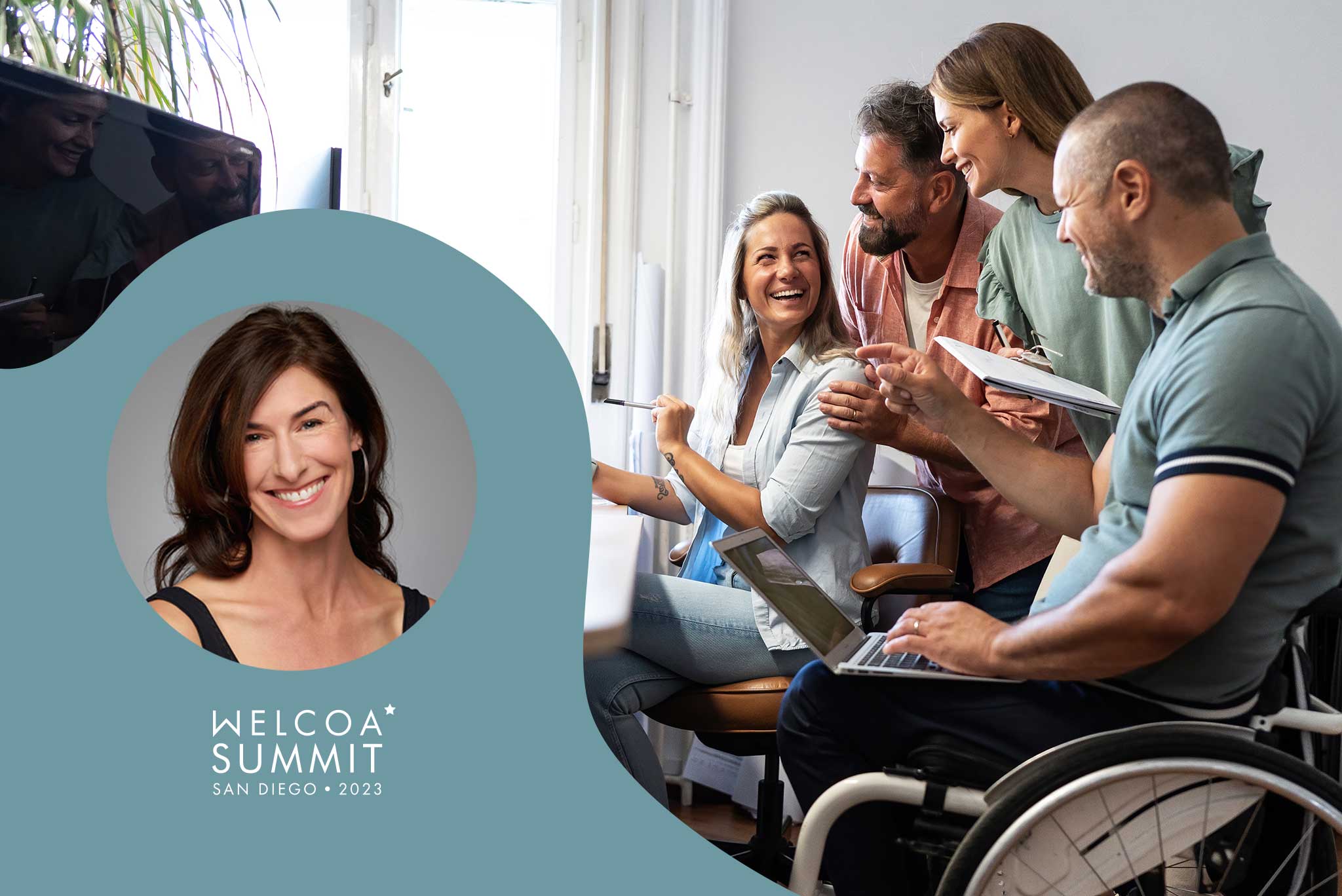During the COVID-19 pandemic, people spent a lot of time isolated and indoors, which helped foster an environment where some people now feel lonelier than ever. The result is a loss of social connectedness—the degree to which people feel the social connections and relationships in their lives to satisfy their wants and needs. When social…
Your Welcoa membership has expired.
Science Alone Is Not Enough
BY: Laura Putnam, MA // author of the award-winning Workplace Wellness that Works, and CEO and Founder of Motion Infusion
“Never doubt that a small group of thoughtful committed individuals can change the world. In fact, it’s the only thing that ever has.”In the scheme of things, we, as an industry of workplace wellness professionals, are a small group of thoughtful committed individuals who really could change the world. We could start a movement that would literally and measurably change the health and well-being of people around the globe. We could positively change the health and well-being for people in every nation, in every community, in every workplace, and in every team.
– Margaret Meade
But, if we are actually going to do that, science is not enough. Yes, we need science to inform, to diagnose and to problem solve, but we need art to move people.
“Science will get us out of this [the pandemic], but art will get us through it.”Alongside science, we need to invoke multiple disciplines. We need to take a da Vinci approach to change. Leaning into complementary disciplines is what we might characterize as the “art side” of promoting well-being in every workplace. Because the key here is that starting yet another “evidence-based” program is not what’s needed. Rather, we need to start a movement.
– Mo Willems, children’s book author
This is exactly what I’ll be talking about in my “Science Alone Is Not Enough” keynote at the upcoming WELCOA Summit.
In my talk, I’ll be unpacking how we can each do our part to start a movement through:
- The art of storytelling,
- The art of teaching, and
- The art of creating unexpected joy in the moment.
Which one are you?
A first step in moving others is to understand your role.When asked to describe who I am, I characterize myself as a former competitive gymnast and dancer, former urban public high school teacher, former public policy worker and former international community organizer – turned “movement builder” in the world of health and well-being. I’m on a mission to get every organization, every team and every individual “in motion” (literally, as in, “please don’t have a seat” and figuratively, as in, “please make a change”). My goal is to leverage every workplace – and every team within the workplace – to promote better health and well-being. I’m a boots-on-the-ground Activator.
Which one are you? Are you an Activator (like me), a Trendsetter, a Permission Giver, or a Self-Starter?
Take the quiz to find out.
The Art of Storytelling
We need to be GREAT storytellers. And, when I say great, I don’t mean that we have to be perfect in how we tell stories, but that we do so in a human way.The books we consider to be great, the talks we want to listen to, and the leaders we choose to follow tell stories. Stories create meaning, evoke emotions, forge loyalty and cement memories. In short, human beings are hardwired for storytelling, and as Carmine Gallo puts it, our hunger for fireside stories is as strong as it was for our ancestors. According to an informal Stanford study, 5 of 100 will remember a statistic, whereas 63 of 100 remember a story. 1 Upshot: While statistics inform people on a logical level, stories move people on an emotional level. And, as every advertiser knows, it’s emotions that sell products and build tribes.
We have to do the same in the work that we do. Like advertising, workplace wellness is to a large extent, about persuasion—persuading senior leaders to support wellness, persuading managers to act as multipliers of well-being for their team members, and persuading employees to take part in initiatives. As health promotion professionals, we have all learned that persuading people to adopt healthier habits is not just about knowledge transfer (how many people already know it’s a good idea to get more exercise?), nor is it about frightening people with scary statistics (how many smokers already know that smoking is bad for them?). Rather, persuasion begins with creating positive, emotionally evocative experiences for people—and storytelling is one of the most powerful ways to do just that. Stories light up our brains and accelerate our willingness to put in the sustained effort needed to make change over time. Meanwhile, most of the wellness programs I come across take a cognitive, or logical, approach, primarily focusing on information. delivery and skills building. Too often, these programs overlook the affective, or emotional, components of learning.
What I have come to realize is that if I truly want to start a movement of better health and well-being, and if I want people to join that movement, I have to be an excellent storyteller. Every presentation I deliver, every workshop I facilitate, every program I design, and every initiative I oversee must be infused with stories.
All of that said, I would not consider myself a natural storyteller. Rather, it’s something I’ve had to work at—a lot. In my keynote, I will share some of my hard-earned lessons learned on how you, too, can become a storyteller (even if you think you’re not).
The Art of Teaching
Next, I’ll talk about the art of teaching. We need to be AWESOME educators. That is, we need to create powerful learning experiences.In my recent LinkedIn Learning newsletter, I shared about my recent surfing experiences in Fiji, where I was reminded of some best practices in learning from my days as a public high school teacher. In brief, here they are:
- The best way to learn is to just do it. That is, we learn best through experience.
- We can jump-start our progression with support from others.
- We learn better when it’s a social experience.
- And, finally, we all learn differently. What works for one person won’t necessarily work for us. So, the best way to learn something new is to tap into OUR way of learning and thinking.
The Art of Creating Joy in the Moment
And, then finally, I’ll talk about the ephemeral art of creating joy in the moment. As change makers (in whatever role we happen to hold), we need to be initiators of joy. And, when I say joy, I mean the right here, right now kind of joy.
Curious to learn more?
Looking for more information about complimenting science with art in your role? Come join us at this year’s WELCOA Summit, in San Diego, September 25-28, 2023 where Laura will be leading our closing keynote.
Ready to join us?
Register today!Learn more

ABOUT THE AUTHOR
Laura Putnam, MA // author of the award-winning Workplace Wellness that Works, and CEO and Founder of Motion Infusion
Laura Putnam, MA, author of the award-winning Workplace Wellness that Works, is CEO and Founder of Motion Infusion, a leading well-being provider.Laura offers unexpected wellness solutions to leverage every workplace, activate key influencers, and empower every individual. She is a former urban public high school teacher, international community organizer, dancer, gymnast and now a movement-builder in the world of health and well-being. With a mission to get people and organizations “in motion,” Laura is a frequent keynote speaker and has worked with various organizations, from Fortune 500s to government agencies to academic institutes and nonprofits. She is a member of the Google Vitality Lab, and has been featured in The New York Times, Forbes, Fast Company, USA Today, FOX, ABC, and MSNBC. In addition, she is the recipient of the American Heart Association’s “2020 Impact” award and the National Wellness Institute’s “Circle of Leadership” award. A graduate of Brown University and Stanford University, Laura lives in San Francisco with her fiancé.




